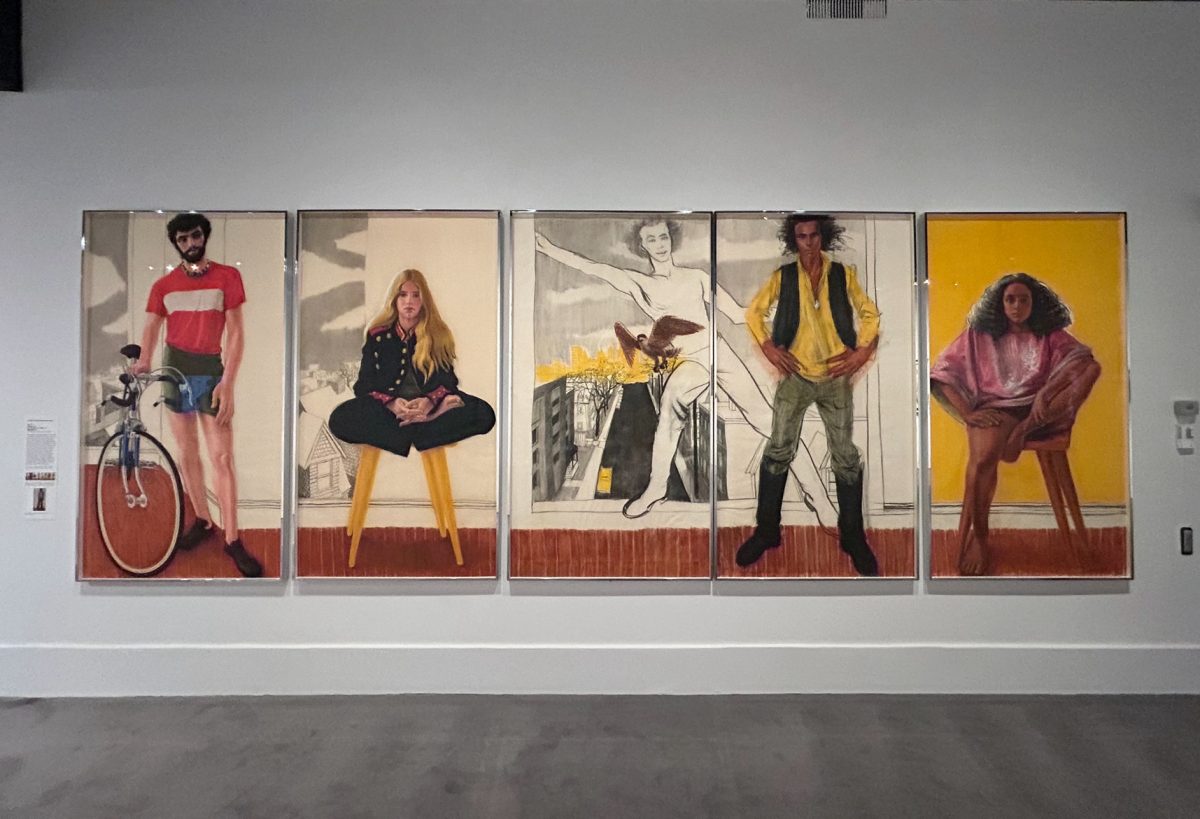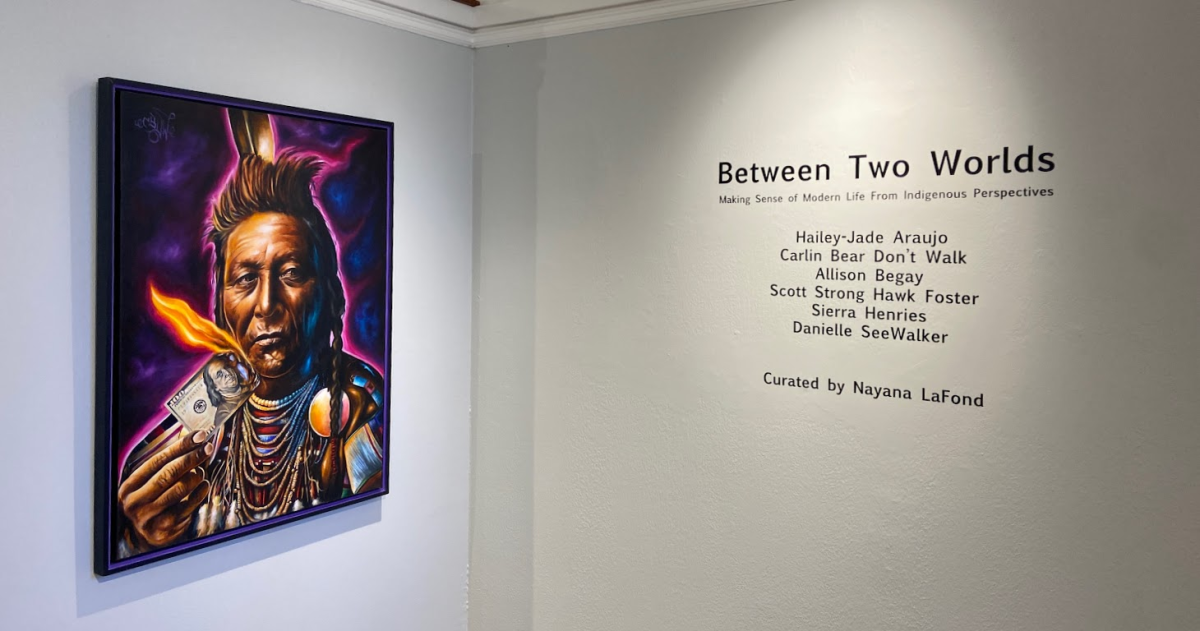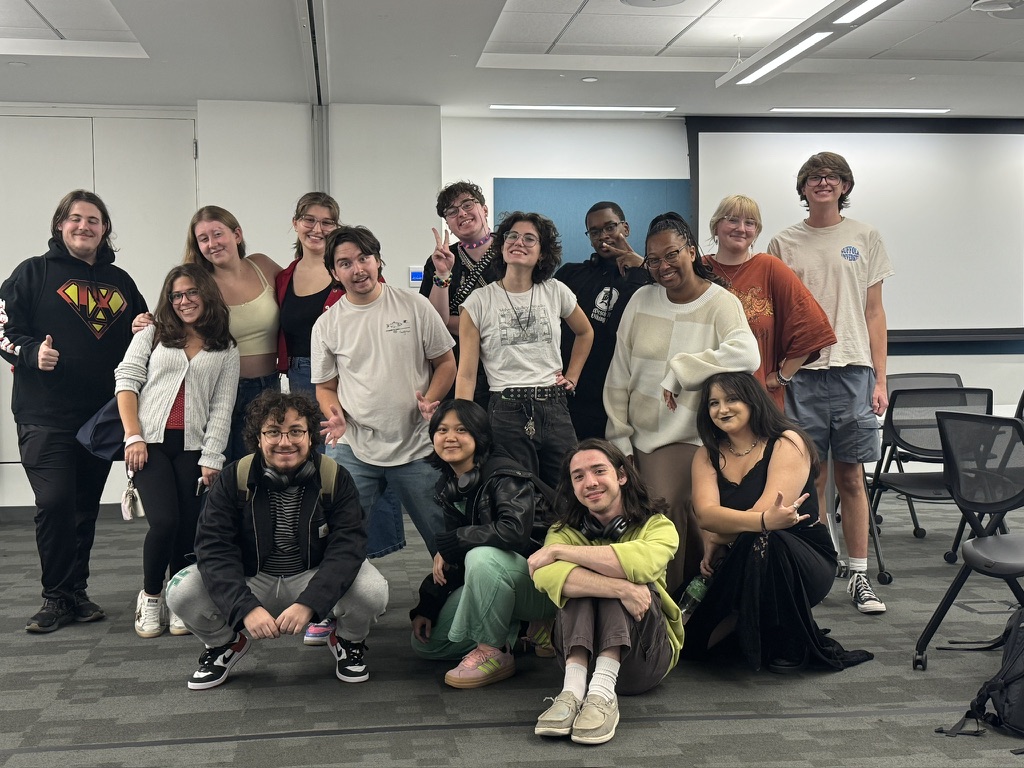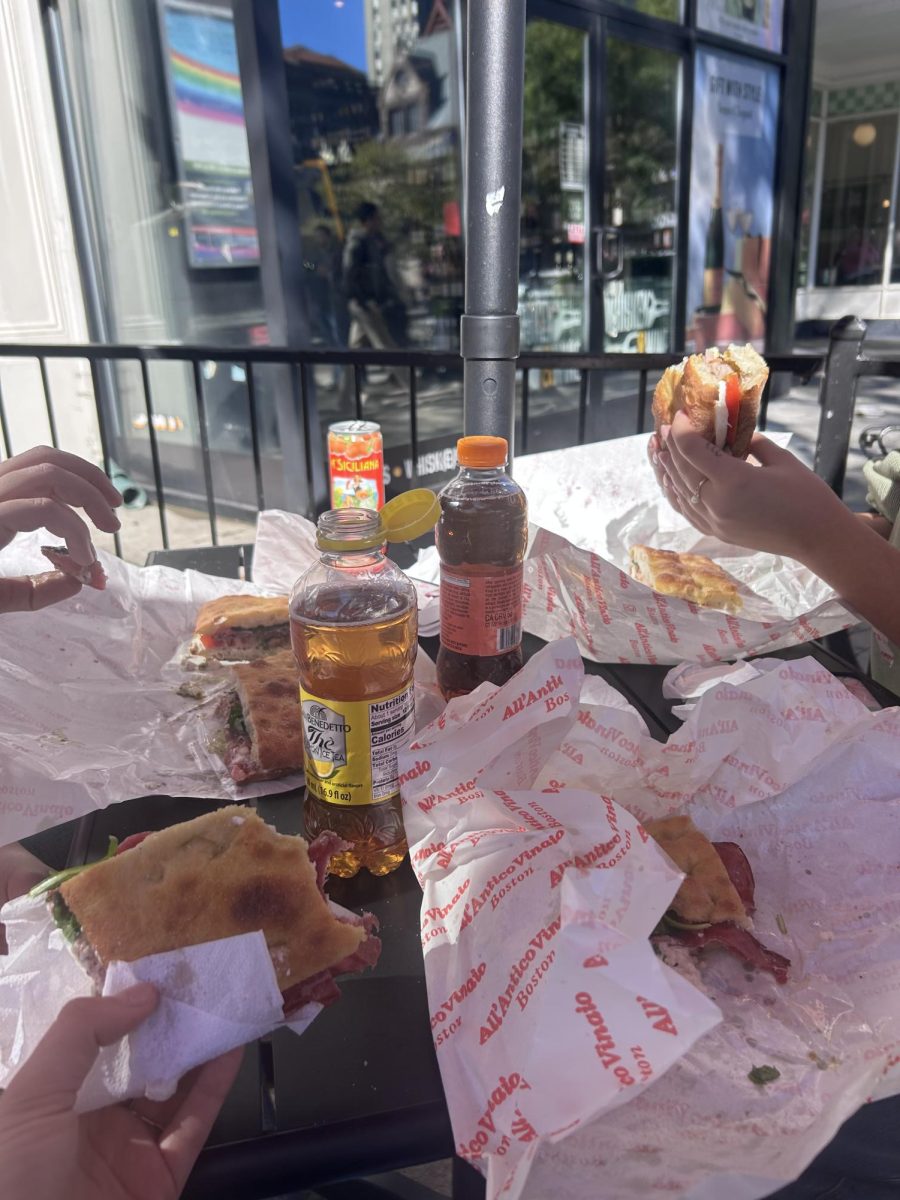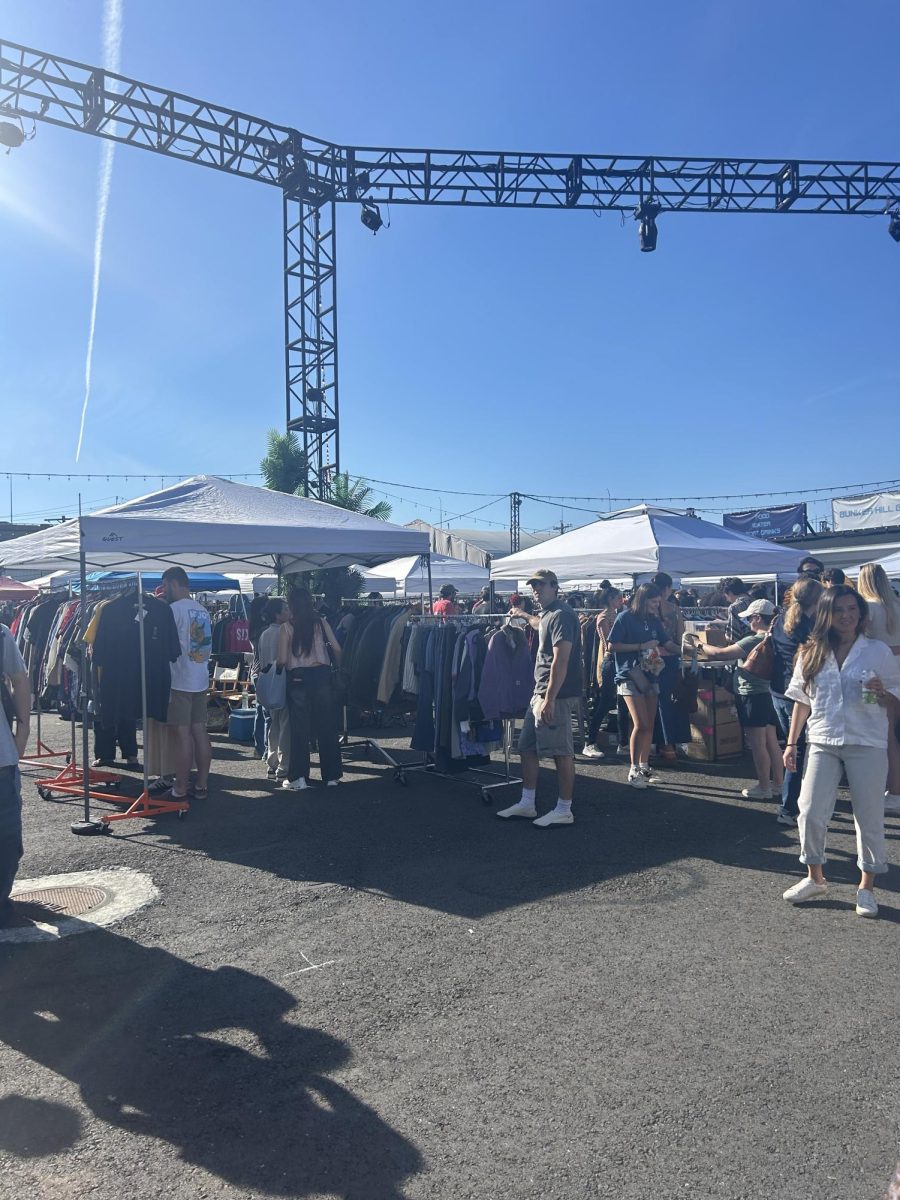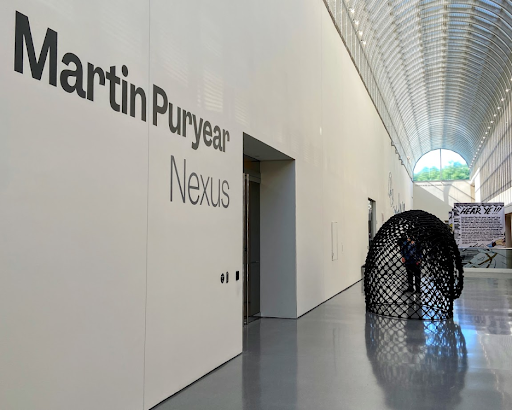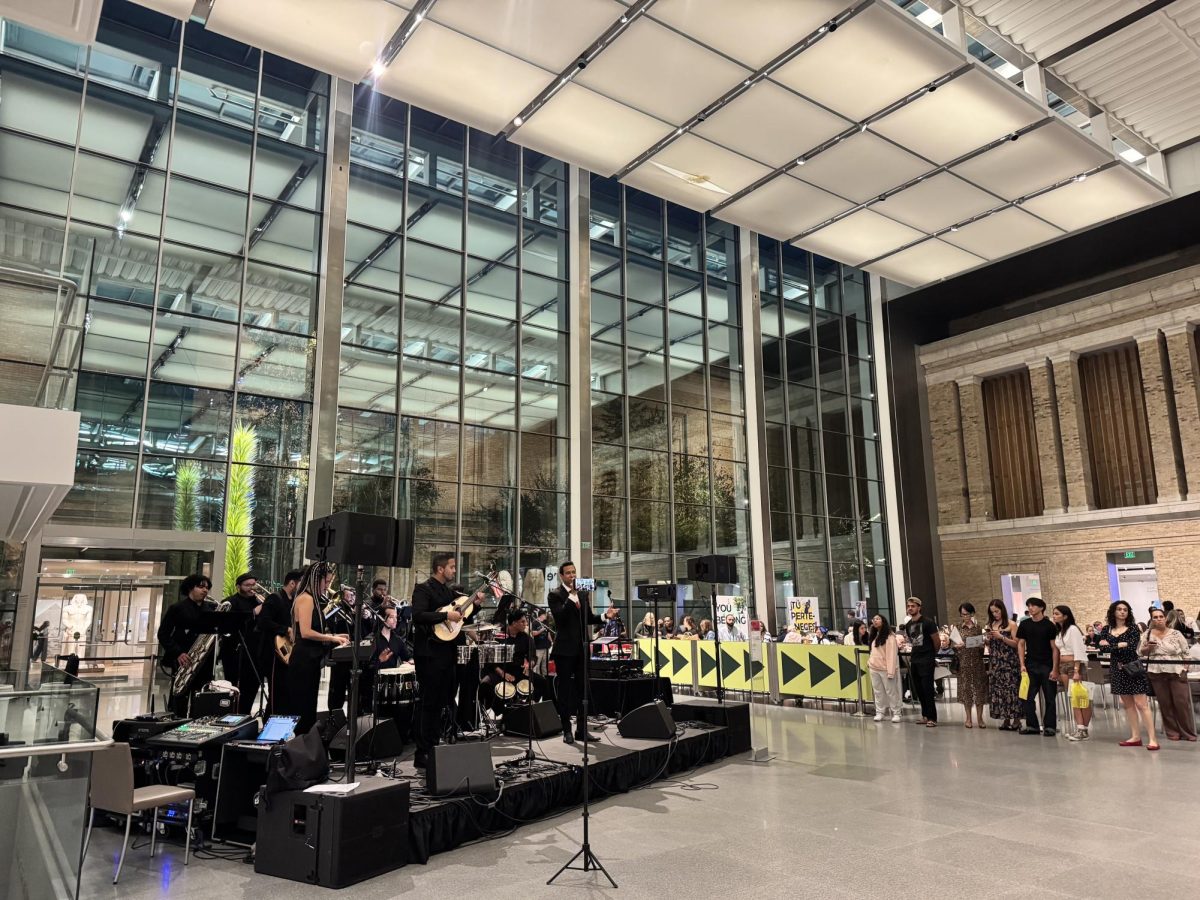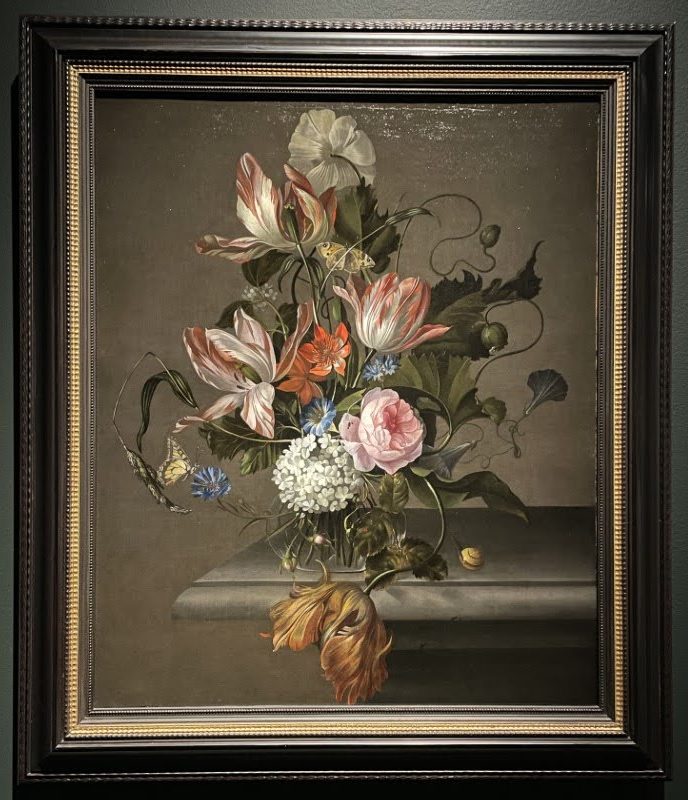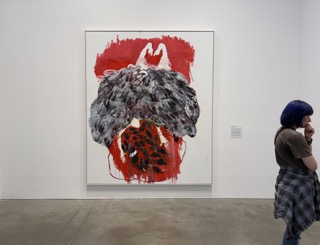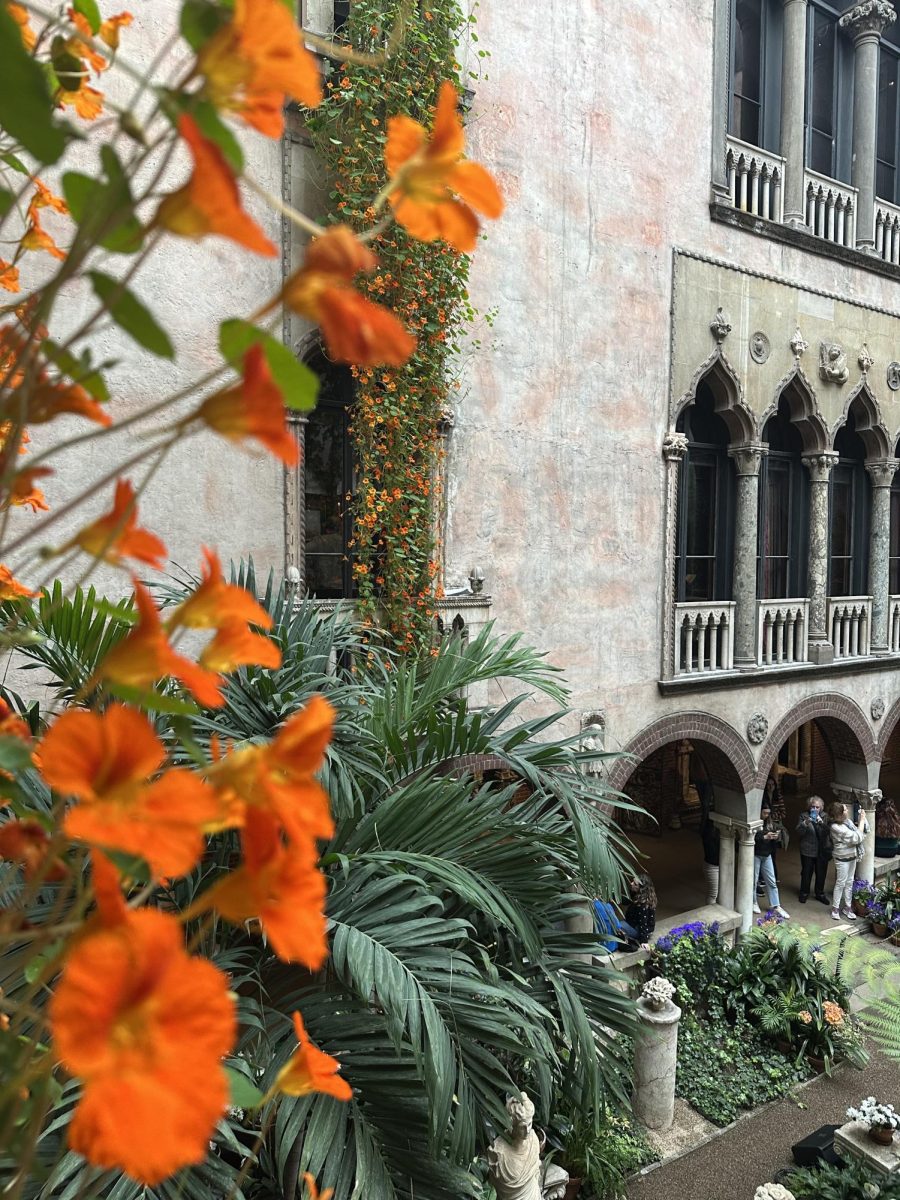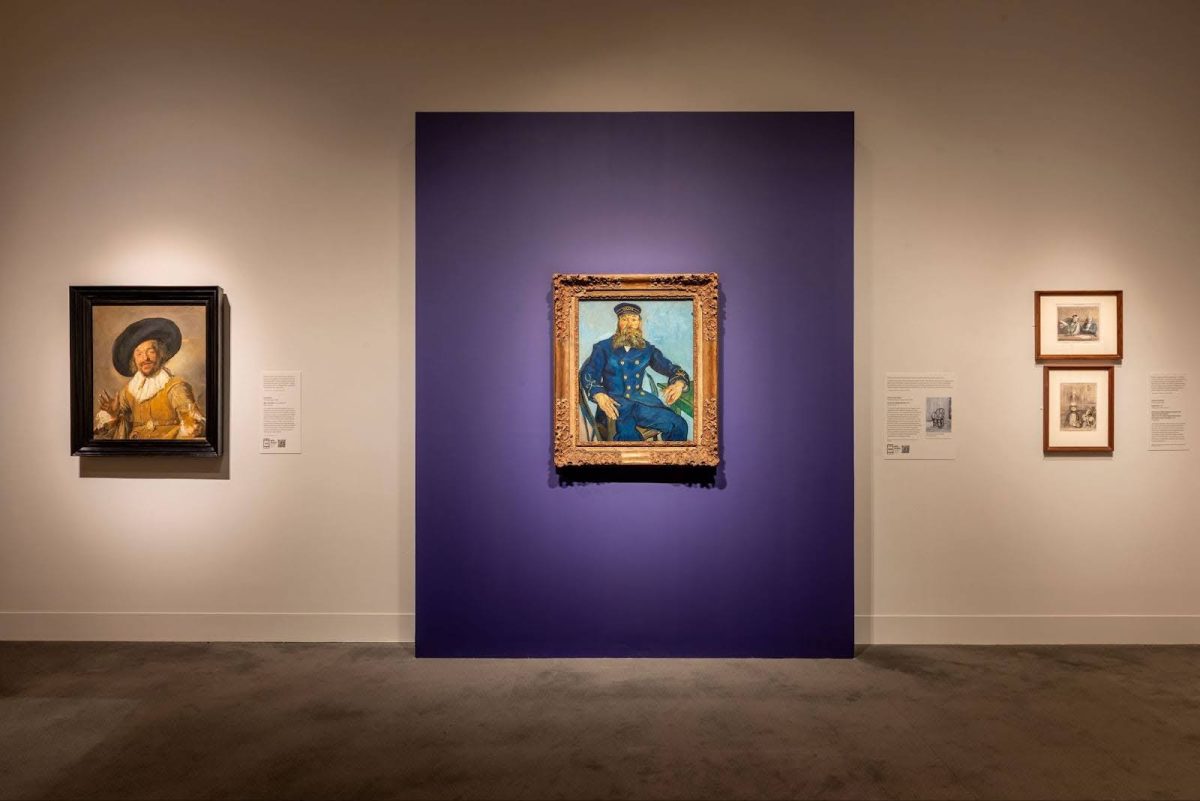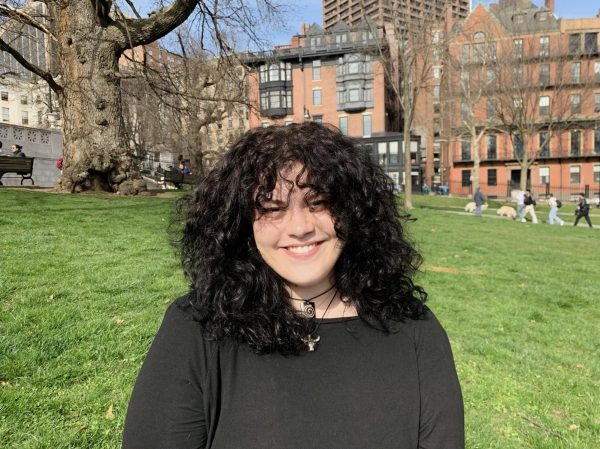“Witnessing Humanity: The Art of John Wilson,” a new exhibit by Roxbury artist John Wilson (1922-2015), is now on display at the Museum of Fine Arts from Feb. 8 to June 22. Approximately 110 of his pieces will be on display, making this exhibit Wilson’s largest one yet, thanks to a collaborative effort with the Metropolitan Museum of Art in New York.
To show for Wilson’s 60 years of work, this exhibit displays his paintings, sketchbooks, prints, sculptures and more with intention. Throughout his work and life, Wilson used his skills to bring attention to racial, economic and social injustices facing many Black Americans during the mid 1900s.
“Challenging both biases and omissions, he explored subjects that include anti-Black violence, the civil rights movement, labor and family life—with a particular focus on fatherhood,” said MFABoston.
Wilson used his family, friends and simply average people as subjects for his art. Fighting against racial stereotypes and beliefs, he used his art to create stories and positive representation amongst the Black community at a time where their stories were rarely told.
Walking through the exhibit leaves you feeling the power of Wilson’s work throughout every room you enter. His early work as an art student was displayed through sketches and lithographs, and panels accompanied his art, introducing museum-goers to the world of Wilson.
“As a Black art student in 1940-41… I lived in a world in which only public images of Blacks were stereotypical, dehumanized caricatures. These were the only images that I saw of Blacks in the newspapers and films and all public media of that time,” a quote by Wilson showing what he was exposed to as a young artist.
The exhibit guides you through his gained experiences studying in Paris and Mexico, as well as his shown love for his family and community which he depicts in multiple pieces. At the same time, it also explains the unseen horrors of what happened to Black Americans and communities in America during World War II.
One of the multiple standout pieces includes several portraits, “Young Americans,” which consists of multiple life sized murals Wilson made between 1972-1975. He wanted these murals to mirror teenagers, including his own children, whom he would often see hanging out together in his Brookline home.
Most pieces in this exhibit were life sized and spectacular. With odes to Martin Luther King Jr., Malcolm X and more. “Witnessing Humanity: The Art of John Wilson” teaches history from the talented and unique lens of Wilson.
The show stopping piece of the exhibit has to be the maquette, or the first model of “Eternal Presence,” modeled in 1983 and cast in bronze in 1998. The final seven foot tall sculpture was commissioned by the National Center of Afro-American Artists (NCAAA) and installed in Roxbury in 1987. The piece has since become a legacy of the Roxbury community.
Standing in the center of the main room in the exhibition, there is no choice but to stop and stare into the eyes of the piece. “Eternal Presence“ was the artist’s first major sculpture, loosely based on sketches Wilson made of his daughter’s friend, Roz.
“Back in the late 1960s, I started to feel that the two-dimensional illusionistic images I was creating as a painter and printmaker were inadequate. I decided to try sculpture and chose to work in clay… [it is] a large existential black head…How do you sum up what a black person is… what the community is about in one head? How do you sum it up? Well that is what I was doing,” Wilson said in an interview, quoted by the MFA.
Mark Moore, a Roxbury resident, and Edward Morgan, a Dorchester resident, were tasked with working security for Wilson’s exhibit. Moore said every time he would walk by the exhibit during its construction, he would wonder who it would be. Also a Roxbury native, he said he was “really happy to know it was John,” speaking with a closeness to the artist. Both of them were proud of what was being shown to a greater Boston audience.
“Witnessing Humanity: The Art of John Wilson” is on display until June 22 in the Lois B. and Michael K. Torf Gallery at the MFA. This exhibit is a must see and an absolute moving display of Black American history. With accompanying videos and even a children’s area stacked with educational books, it’s hard to describe exactly how large of an impact an exhibit like this can have on the community.


